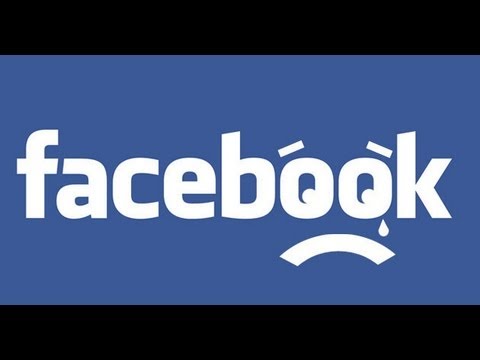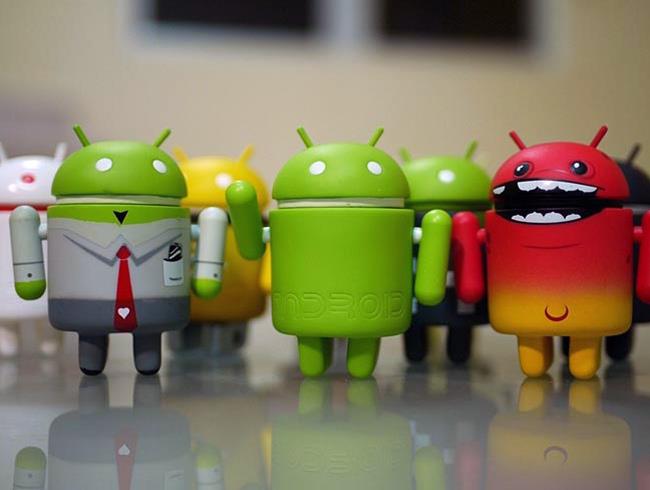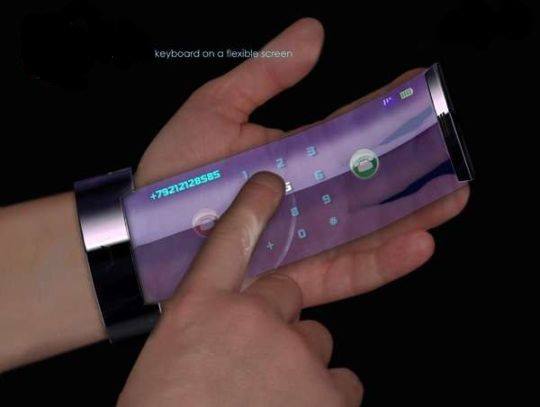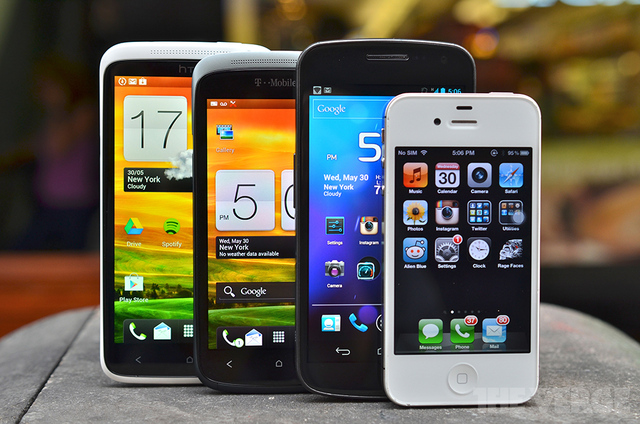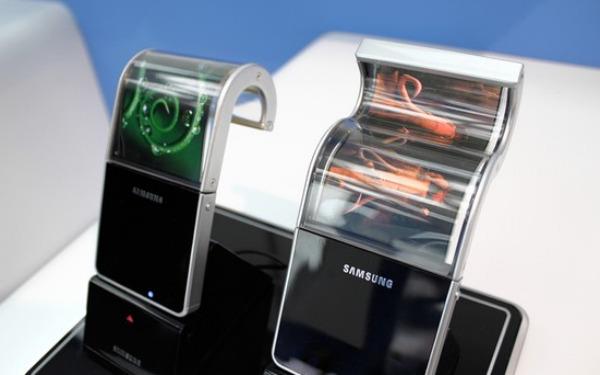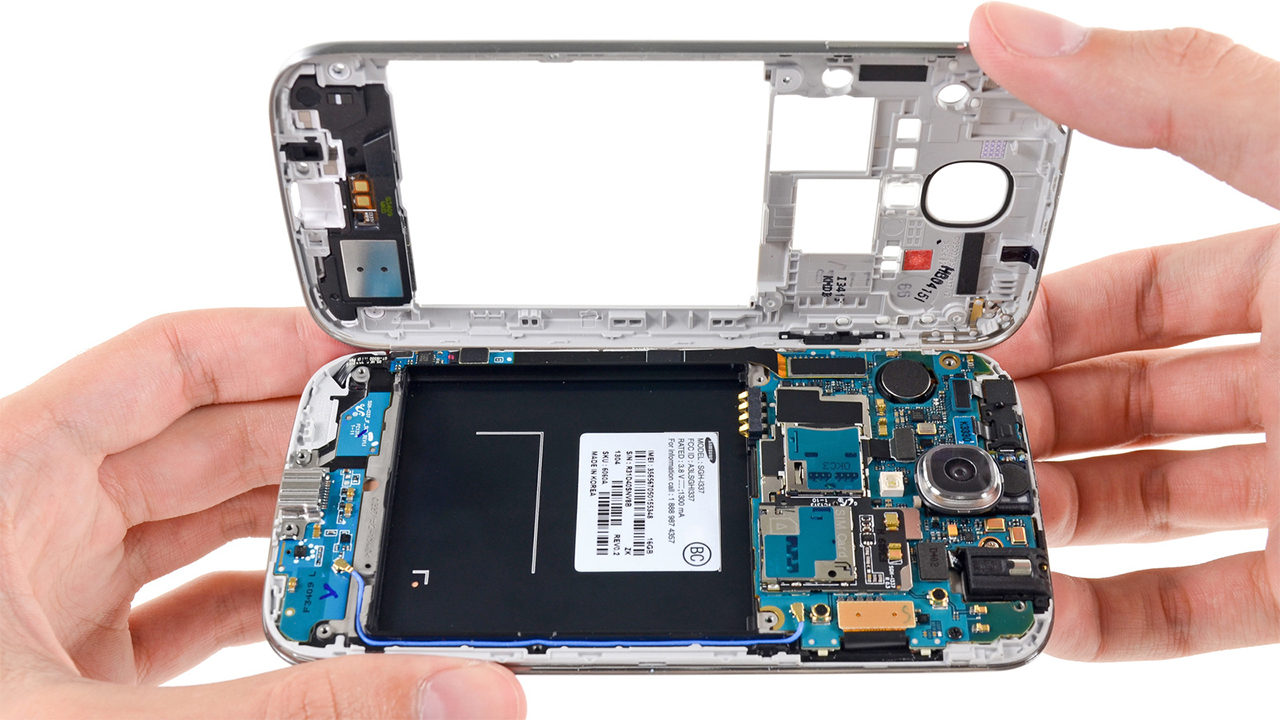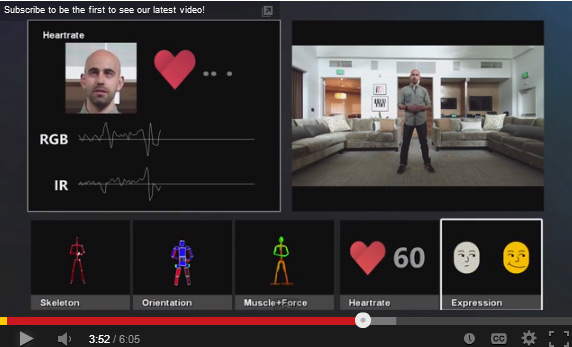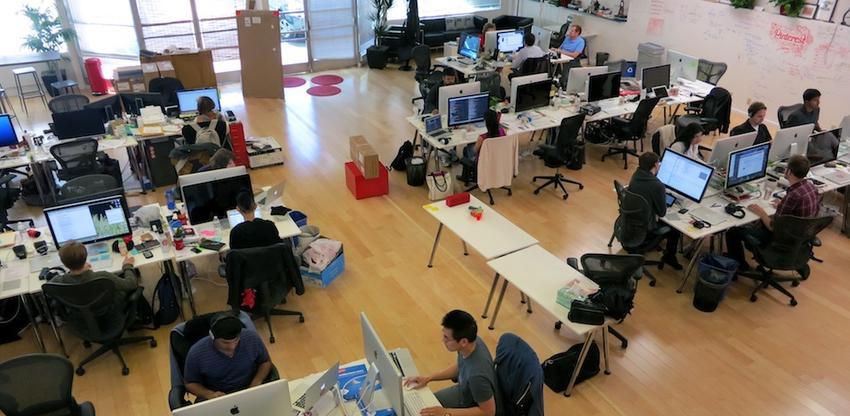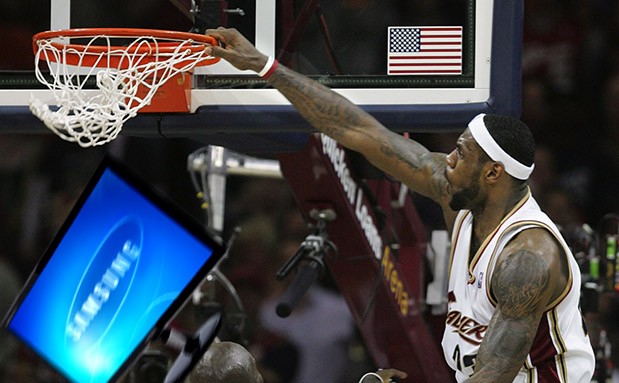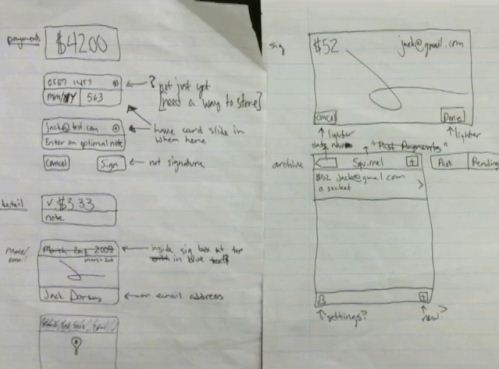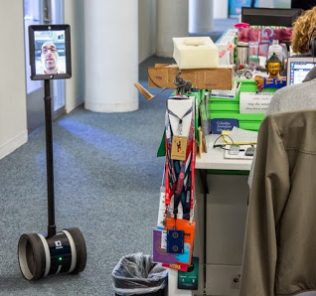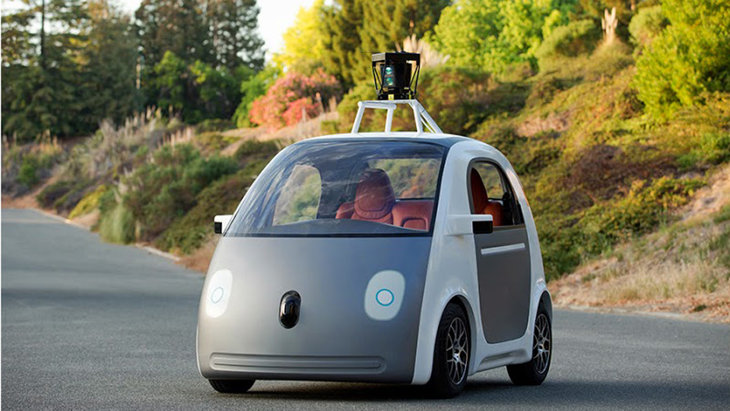
Super fast 5G wireless speed offers incredible opportunities for a new type of connected internet.
As our phones and other digital devices become smarter, the wireless networks that connect them must adapt to keep pace. Hence the reason why telecommunications giants like Verizon, AT&T, and Sprint are racing to roll out the fifth generation (5G) wireless network technology to keep up with data demands.
Although some have criticized 5G for its high projected cost to upgrade existing networks, there is a vast consensus that feels the emerging technology will bring faster, more reliable connections for a projected 4 billion mobile users by the year 2025. It could also provide the extra bandwidth needed to create what’s being called the “Internet of Things” — a network that links not just phones and computers but also robots, cars, and all manner of sensor-equipped consumer products and infrastructure.

WHAT IS 5G?
Most consumers now use 3G or 4G/LTE networks, which were introduced to the public in 2001 and 2009, respectively. AT&T shuttered its 2G system in early 2017. Verizon, T-Mobile, and Sprint have said they’ll continue to operate their 2G networks through 2019, 2020, and 2021, respectively.

Most industry analysts agree that 5G could even usher in a new era of “smart cities” in which energy grids, traffic signals, and emergency services are linked to reduce inefficiencies.
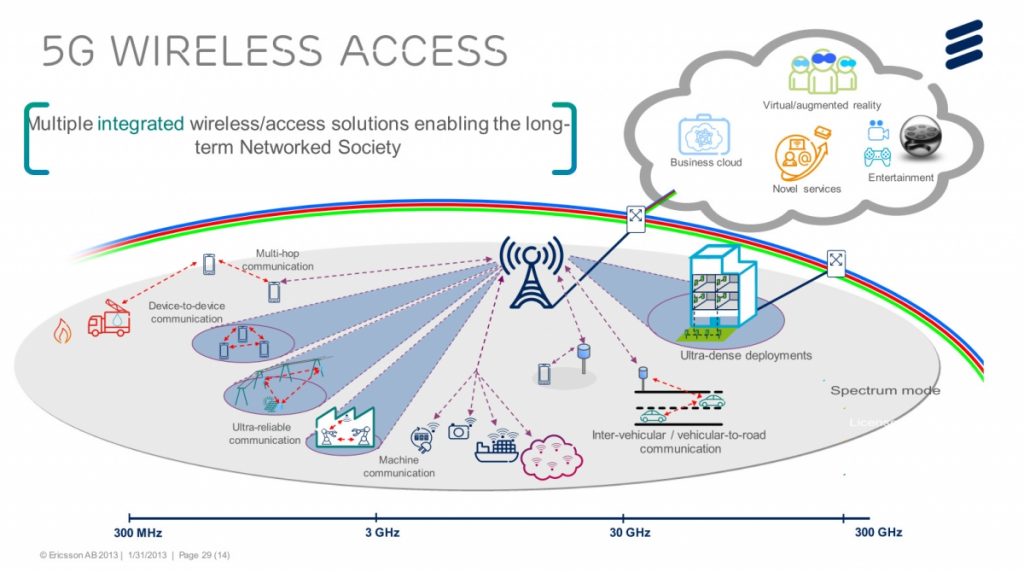
WHAT ADVANTAGES WILL 5G OFFER?
Each new generation of wireless technology brought us faster, more reliable cellular and internet connections. In the 1980’s, first-generation (1G) technology made simple communication via cellphone possible. The next generation, 2G, allowed for more efficient and secure phone calls, and introduced mobile text messaging. 3G ushered in the smartphone era, and 4G/LTE gave us the high-speed connections that make it possible to stream high-definition video on our phones.
5G is projected to bring three main benefits:
- Faster speed: Data transfer speeds are projected to be about 10 times higher with 5G than is possible with 4G. That means significantly faster transmission of images and videos. With 4G/LTE, downloading a high-definition movie might take about 10 minutes. With 5G, it should take less than a second.
- Shorter delays: Though it’s not always noticeable, there is often a brief lag in time from when data is sent to when it’s received. 5G should reduce this so-called latency, making it possible, for example, to watch high-speed virtual reality videowith no delays or glitches.
- Increased connectivity: Cell towers equipped with 5G technology would have greatly increased capacity over 4G/LTE. That means more people — and more devices — should be able to communicate at the same time.
So what does this 5G revolution mean for you? Watch The Video Below To Learn More.














